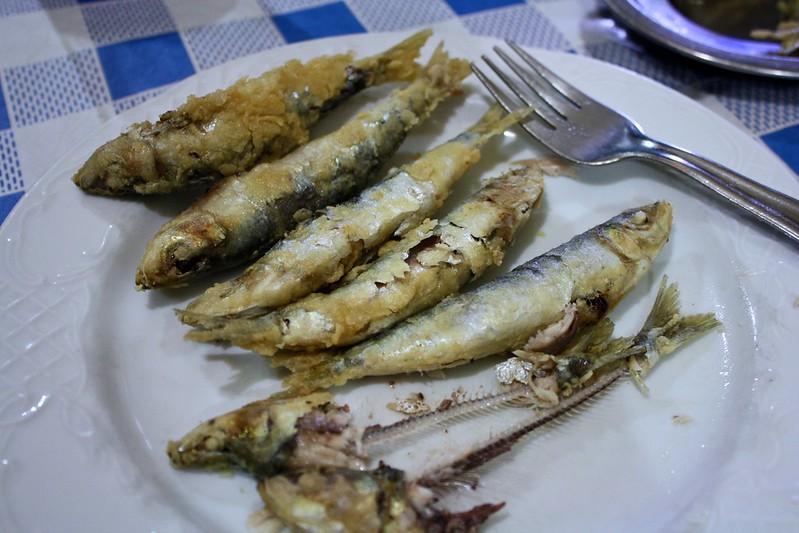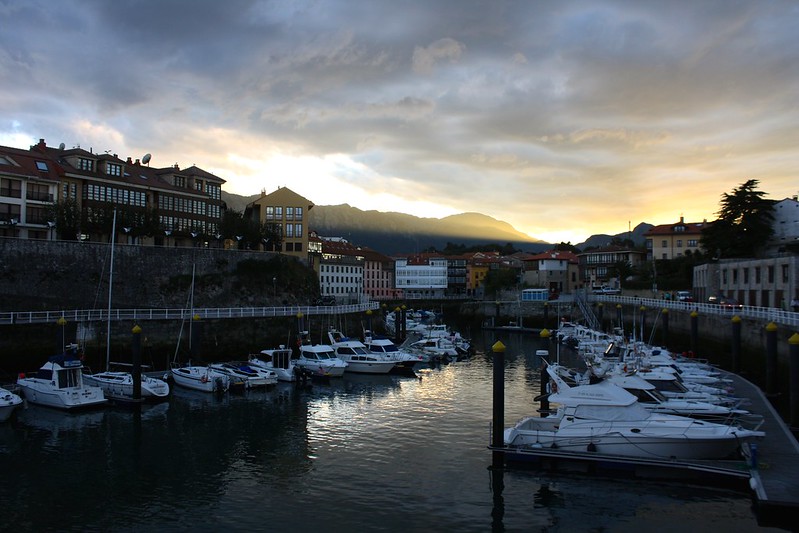Lastres, Luanco, & Llanes: Highlights of the Eastern Coast of Asturias
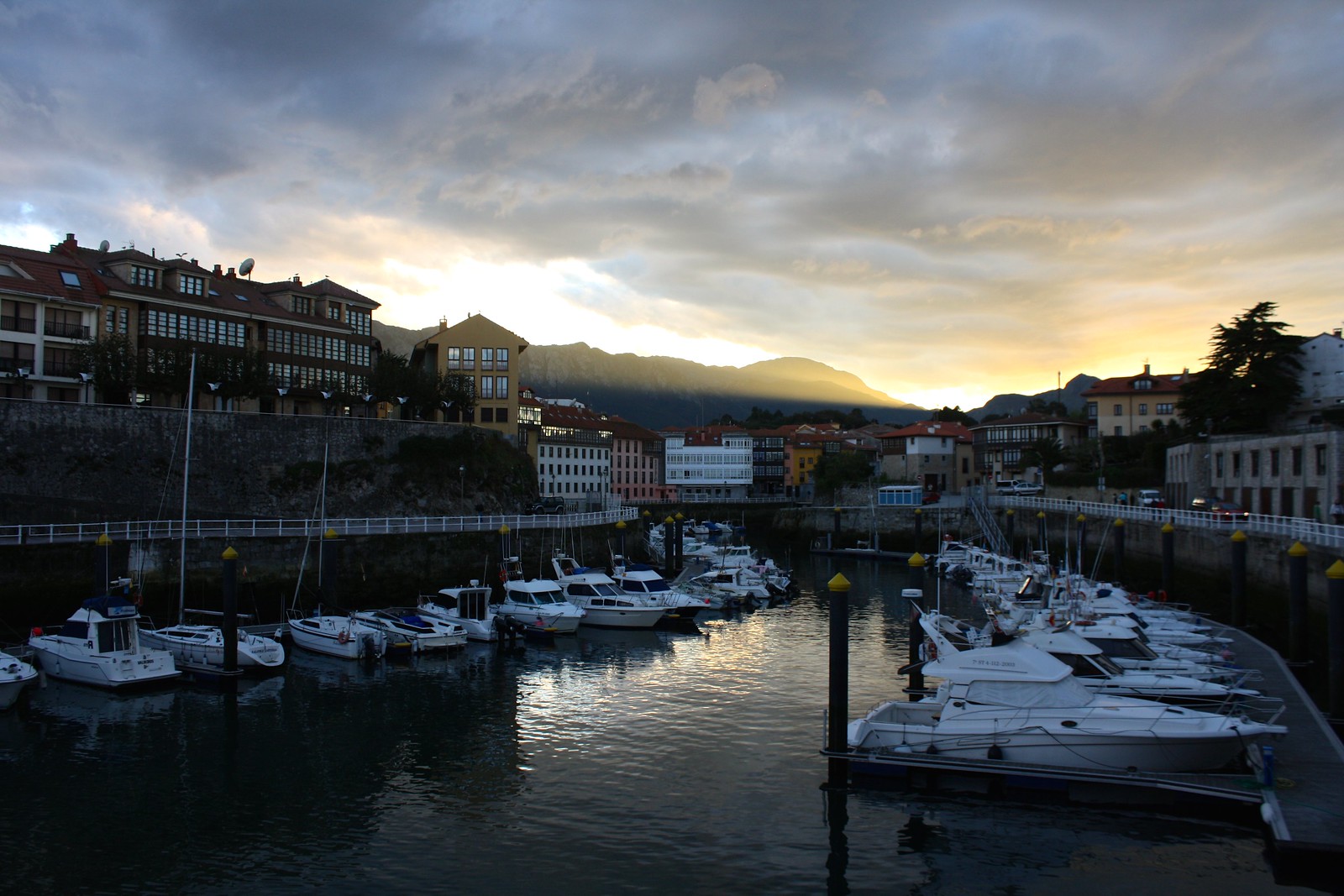 |
| Llanes sunset |
Pastoral scenes of grazing cows, quaint fishing villages, cinematic landscapes featuring terrifying mountains, and weathered cliffs punctuated by secret beaches: the coast of Asturias in northern Spain really has it all, and walking the Camino del Norte pilgrimage would give you only an introduction to what the northern coast is all about.
After road-tripping through the highlights of Cantabria (a house by Gaudí, Spain’s “prettiest” village, and prehistoric cave art) and the wonders of Picos de Europa National Park, it was time to pivot east to Asturias and check out a handful of famous coastal villages. There’s a lot to see on the Asturian coast, but we decided to limit ourselves to the towns of Lastres, Luanco, and Llanes.
Lastres
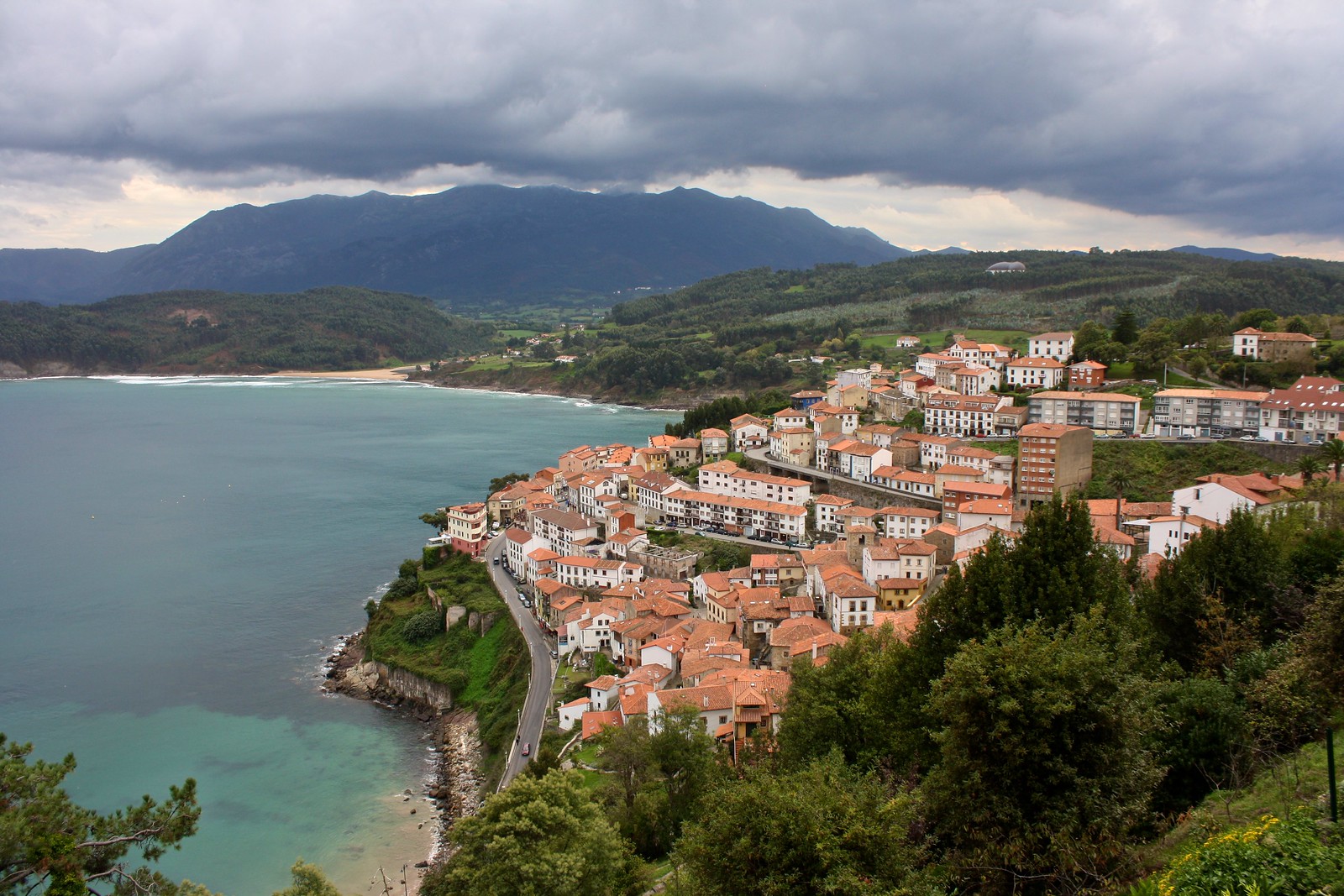 |
| The View to end all views |
First stop: Lastres (also called Llastres in the Asturian language). Advertised as merely “one of” the prettiest villages in Spain, Lastres blew this understatement out of the water. I was first inspired to take a brief pitstop here after seeing Christine in Spain’s beautiful photographs of this town that hangs precariously off the hillside.
 |
| Pretty petunias everywhere |
It was a little difficult getting that postcard-perfect view, though, since we initially entered town at sea level. The sun was shining on the narrow switchbacks, we had the endless ocean to our right and clay-roofed houses to our left, and folks were out enjoying a pre-dinner drink on terrace cafés…safe to say it felt like we had stumbled into an Italian fragrance commercial.
Once the stoplight changed to green, we slowly crept up the one-way road to the top of the hill and found space to park near the Mirador de San Roque, the lookout point where I captured one of my most popular Instagrams to date.
Luanco
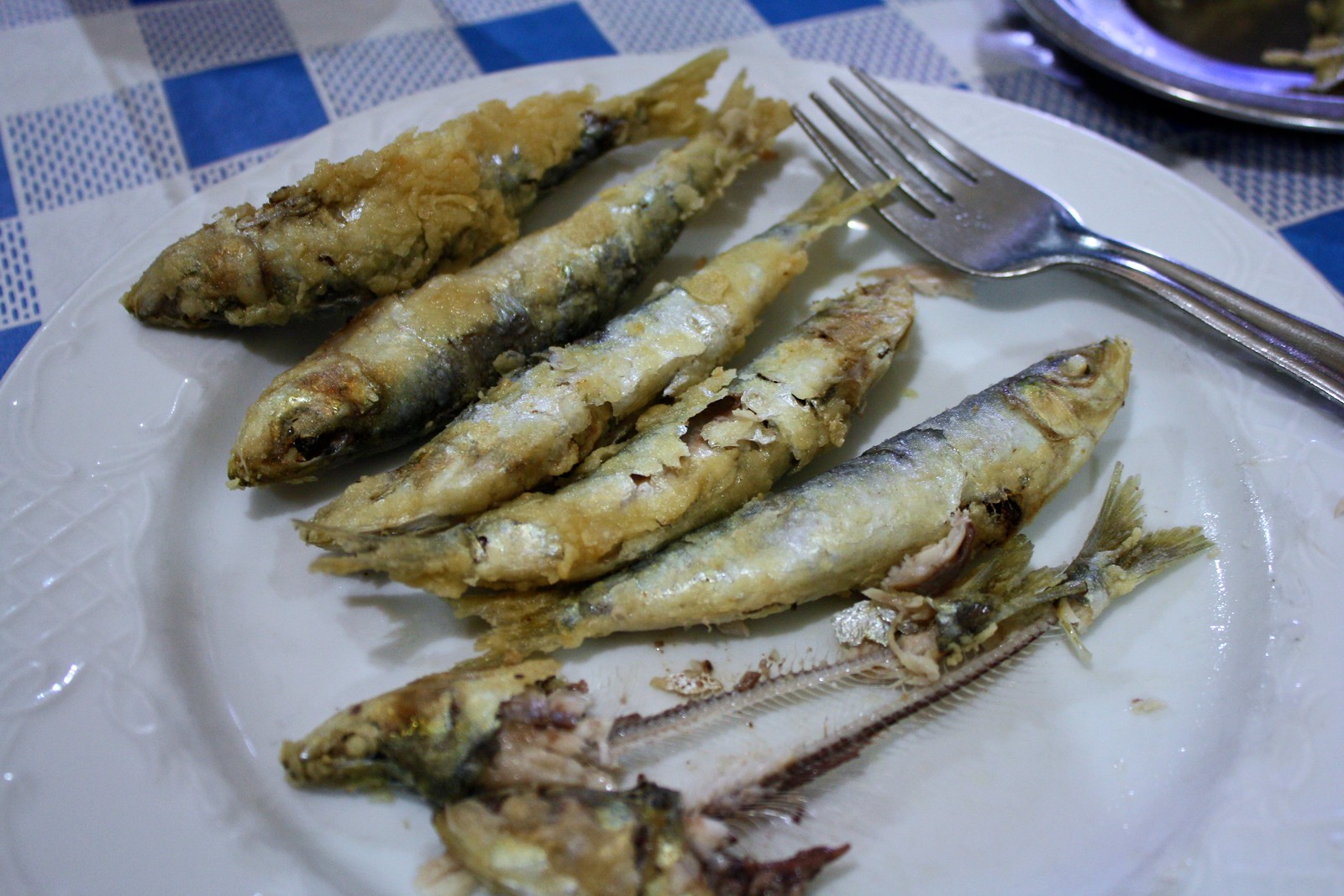 |
| Parrochas—fried sardines |
Almost in the dead center of the Asturian coast, Luanco was a charming little place with good food and pretty houses but not much else. I was a fan of the parrochas I started lunch off with: small fried sardines whose meat easily slipped off their backbones. For what it’s worth, they’re also called xoubas in Galicia.
 |
| Colorful seaside houses |
There wasn’t much to do after lunch but wander around for a little bit, enjoying the brightly-painted houses and the harbor.
Llanes
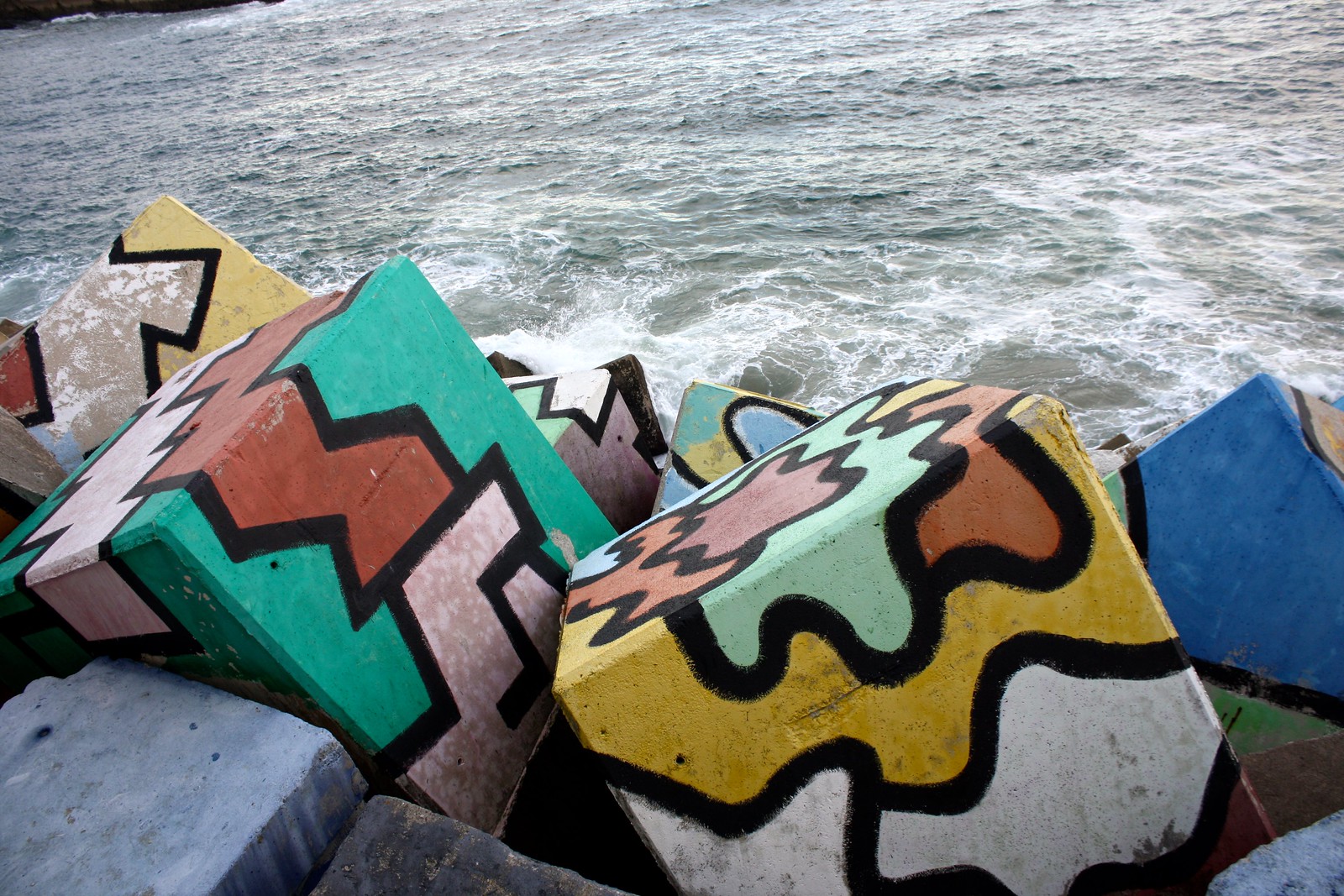 |
| The Cubes of Memory |
To be honest, I almost wished we had skipped Lastres and Luanco in favor of spending the whole day in Llanes. From the very beginning we were impressed with the city, as its concrete breakwater cubes were painted in playful designs. Titled Los Cubos de la Memoria, the blocks were designed by Basque artist Agustín Ibarrola in 2001 and make Llanes’ otherwise drab harbor a fun and interesting place to hop around.
 |
| Pretty town square with brown, wooden galerías or glassed-in balconies |
Llanes casually invited us to stroll into its old town, which spans both sides of the Carrucedo River. Attractive homes painted in earthy reds and golds were capped with galerías, glassed-in balconies, which let the sunlight in but keep out the moisture—an important feature in the rainy northern coast.
 |
| Shell marker for the Camino del Norte |
Locals caught up over coffee or tapas inside long, narrow bars that opened up in shaded alleyways, and a monumental Gothic church and a defensive tower kept watch on either side of the historic quarter. Bright blue-and-yellow shells reminded me that the Camino de Santiago passes through here on its way to Santiago de Compostela, and the Feve train station wasn’t too far off in the distance.
 |
| Dramatic cliff vistas |
Unfortunately, the autumn sun passed behind the mountains all too quickly, so we had to pile back in the rental car and head back to our Cantabrian base camp in San Vicente de la Barquera.
Have you ever explored the coastal villages of Asturias? Tell me which one was your favorite!

